Powering progress for a sustainable future, these innovative solutions are at the forefront of revolutionising industries worldwide. By minimising environmental impact and driving sustainable growth, clean technology is reshaping the landscape of various sectors. From the implementation of smart grids and the development of energy-efficient buildings to the widespread adoption of electric vehicles and the promotion of sustainable agriculture practices, clean technology transcends traditional boundaries, offering holistic solutions to pressing environmental challenges. Through optimising resources, reducing emissions, and challenging the existential threat of global warming, clean technology is not only fostering economic prosperity but also paving the way towards a more resilient and sustainable future for generations to come.
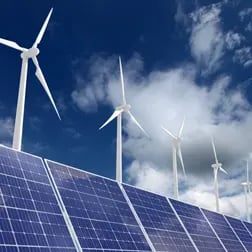
Energy
Encompassing a broad array of technologies, innovations, and initiatives, this sector is dedicated to reducing carbon emissions and mitigating climate change. At its core, cleantech energy includes renewable energy sources such as solar, wind, hydroelectric, and geothermal power, which harness the natural forces of the earth without depleting finite resources or emitting greenhouse gases. Additionally, energy efficiency technologies play a vital role in optimising energy usage across industries, buildings, and transportation systems, thereby reducing waste and minimising environmental impact. Smart grids, energy storage solutions, and electric vehicle infrastructure are also integral components of the cleantech energy sector, enabling the integration of renewable energy sources into the grid and facilitating the transition towards a decentralised, resilient, and sustainable energy ecosystem.
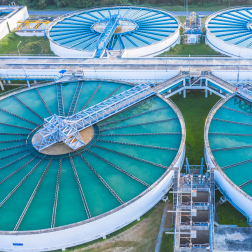
Water
Through innovative technologies and sustainable practices, this sector is revolutionising water treatment, purification, and distribution systems. Advanced filtration techniques, such as membrane technology and nanofiltration, enable the removal of contaminants and pollutants from water sources, safeguarding public health and preserving ecosystems. Additionally, desalination technologies are transforming seawater and brackish water into fresh water, mitigating water scarcity in coastal regions. Smart water management systems equipped with sensors and analytics optimise water usage, detect leaks, and improve efficiency in water distribution networks. Furthermore, decentralised solutions like rainwater harvesting and wastewater recycling and reuse empower communities to conserve and utilise water resources effectively.

Transport
The cleantech transport sector represents a pivotal frontier in the global effort to reduce greenhouse gas emissions and transition towards sustainable mobility solutions. Encompassing a wide array of technologies, innovations, and policies, this sector is dedicated to decarbonising transportation and minimising its environmental footprint. At its core are electric vehicles (EVs), which utilise battery or fuel cell technology to power vehicles without relying on fossil fuels, thus significantly reducing emissions. Advancements in alternative fuels such as biofuels, hydrogen, and synthetic fuels offer low-carbon alternatives to traditional gasoline and diesel. Furthermore, smart transportation systems, including connected and autonomous vehicles reduce congestion, and improve fuel efficiency. Sustainable urban mobility solutions, such as public transit, cycling infrastructure, and pedestrian-friendly city planning, also play a crucial role in reducing reliance on single-occupancy vehicles and mitigating air pollution.
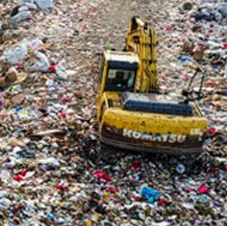
Circular Economy
Circular economy embodies a transformative approach to resource management and economic activity, aiming to minimise waste, maximise resource efficiency, and foster sustainable production and consumption patterns. The circular economy seeks to design out waste and pollution by keeping products and materials in use for as long as possible through strategies such as reuse, recycling, and remanufacturing. This sector encompasses a wide range of initiatives and technologies, including closed-loop manufacturing processes, product lifecycle assessment tools, and innovative recycling technologies that enable the recovery and reuse of valuable materials from waste streams. Additionally, the circular economy fosters sharing platforms that promote access over ownership and extend the lifespan of products. By transitioning from a linear "take-make-dispose" model to a circular model that emphasises resource conservation and regeneration, the cleantech circular economy sector holds the potential to drive sustainable growth and mitigate the environmental impacts of traditional linear economic systems.

Built Environment
This area encompasses a comprehensive range of technologies, strategies, and practices aimed at promoting sustainability and reducing environmental impact within the construction and operation of buildings and infrastructure. Green building design and construction practices prioritise energy efficiency, water conservation, and materials sustainability. This includes the integration of renewable energy systems such as solar panels and wind turbines, as well as the implementation of energy-efficient HVAC (heating, ventilation, and air conditioning) systems and lighting solutions. Sustainable building materials, such as recycled content, low-impact materials, and those with low embodied carbon, are also central to reducing the environmental footprint of construction projects. Beyond individual buildings, the cleantech built environment sector encompasses urban planning and design strategies aimed at creating walkable, transit-oriented, and green infrastructure-rich communities that promote sustainable living and reduce reliance on automobiles.

Hydrogen
The hydrogen cleantech sector represents a pivotal frontier in the global transition towards sustainable energy solutions. The sector encompasses a wide range of technologies, processes, and applications aimed at utilising hydrogen as a clean energy carrier. This includes hydrogen production, storage, and transportation as well as fuel cell technology which converts hydrogen into electricity through an electrochemical process. By harnessing the power of hydrogen, a clean and abundant element, this sector aims to revolutionise various industries, including transportation, manufacturing, and energy production. Through processes like electrolysis, hydrogen can be generated using renewable energy sources, offering a zero-emission alternative to fossil fuels. Moreover, hydrogen fuel cells present a promising avenue for powering vehicles, with the potential to significantly reduce carbon emissions. As investments and advancements continue to drive innovation in hydrogen cleantech, the sector holds immense promise in shaping a greener and more resilient future for generations to come.

Industry
This sector aims to reduce environmental impact and promote sustainability within industrial processes and manufacturing operations. It focuses on developing and implementing cleaner production methods, energy-efficient technologies, and resource conservation measures to minimise emissions, waste generation, and pollution. Key components include advanced manufacturing processes that optimise resource utilisation, reduce energy consumption, and enhance production efficiency. Additionally, the adoption of renewable energy sources such as solar, wind, and biomass power helps to decarbonise industrial operations and reduce reliance on fossil fuels. Waste management and recycling technologies enable the recovery and reuse of valuable materials minimising landfill waste whilst sustainable supply chain practices, such as green procurement and sustainable packaging, are integral to promoting environmental responsibility throughout the entire product lifecycle.

Natural Environment
This sector focuses on leveraging innovative technologies and sustainable practices to preserve and protect ecosystems, biodiversity, and natural resources. It works to address environmental challenges such as habitat degradation, deforestation, and climate change. Key components include conservation and restoration efforts aimed at safeguarding biodiversity and restoring degraded ecosystems, as well as sustainable land management practices to promote soil health and prevent erosion. Additionally, sustainable agriculture practices, such as agroforestry and organic farming, promote biodiversity and resilience to climate change. Conservation finance mechanisms, ecosystem services markets, and biodiversity offsets are also integral components, providing financial incentives for conservation and sustainable land management. Water management solutions and renewable energy technologies also assist with minimising habitat destruction and preserving aquatic ecosystems.

Carbon Capture
Carbon capture is dedicated to developing and implementing innovative strategies to capture and store carbon dioxide emissions from various sources, mitigating their impact on climate change. Carbon capture and storage (CCS) technologies encompass a range of methods for capturing CO2 emissions from power plants, industrial facilities, and other point sources before they are released into the atmosphere. Once captured, the CO2 can be transported via pipelines or ships to suitable geological storage sites, such as deep saline formations or depleted oil and gas reservoirs, where it is securely stored underground. Alternatively, captured CO2 can be utilised for enhanced oil recovery or in industrial processes such as manufacturing concrete or chemicals. Emerging direct air capture (DAC) technologies aim to capture CO2 directly from ambient air, offering a potential solution for addressing emissions from diffuse sources. Carbon capture also encompasses research and development efforts to improve the efficiency, scalability, and cost-effectiveness of CCS and DAC technologies, as well as policy initiatives to incentivise their deployment and accelerate the transition to a low-carbon economy.
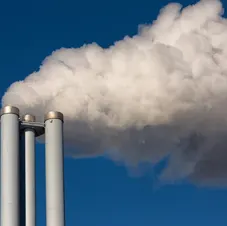
Greenhouse Gases
There is a diverse range of technologies, strategies, and initiatives aimed at mitigating and reducing emissions of greenhouse gases, which contribute to global climate change. Carbon capture and storage (CCS) technologies capture CO2 emissions from industrial processes before they are released into the atmosphere and store them underground or utilise them for enhanced oil recovery. Afforestation and reforestation initiatives, as well as sustainable land management practices, sequester carbon from the atmosphere, mitigating climate change impacts. Furthermore, policies and regulations promoting emission reductions and international agreements such as the Paris Agreement are integral to driving progress in this area. Overall, this sector represents a concerted effort to address climate change by reducing greenhouse gas emissions and transitioning to a low-carbon economy.
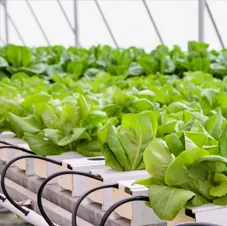
Food & Agriculture
The food and agriculture sector encompasses a broad range of technologies and innovations aimed at enhancing food security throughout the entire food supply chain. Sustainable farming practices are used to minimise resource use, mitigate pollution, and enhance soil health. Techniques such as precision agriculture, vertical farming, and hydroponics optimise water and nutrient use efficiency while reducing reliance on chemical fertilisers and pesticides. Sustainable land management practices, including agroforestry and conservation tillage, promote biodiversity, soil fertility, and carbon sequestration. Furthermore, food processing and distribution technologies enable the efficient and sustainable transport, storage, and packaging of food products, reducing food waste and environmental footprint. Sustainable seafood practices, such as aquaculture and responsible fishing, promote the conservation of marine ecosystems and ensure the long-term viability of fish stocks. The food and agriculture sector plays a crucial role in fostering resilience, innovation, and sustainability within the global food system, ensuring access to nutritious food while preserving natural resources for future generations.

Emissions Control & Reporting
There is a suite of technologies and systems designed to monitor, manage, and reduce emissions of greenhouse gases and other pollutants from various sources. There is a focus on developing and implementing robust monitoring and reporting frameworks to accurately quantify emissions and track progress towards emission reduction goals. Advanced emission control technologies, such as catalytic converters, scrubbers, and particulate filters, are deployed in industrial processes, power plants, and vehicles to capture and mitigate emissions before they are released into the atmosphere. Additionally, regulatory compliance and emission trading systems incentivise industries to reduce emissions through the implementation of emission reduction measures and the purchase of emission credits. Remote sensing technologies and satellite-based monitoring systems provide real-time data on air quality and pollutant concentrations, enabling timely response and intervention measures to address pollution hotspots. This sector plays a crucial role in safeguarding public health, mitigating climate change, and promoting environmental sustainability through effective emission management and transparency.
Latest News
.jpg)

Following its successful debut at Cambridge Tech Week 2024, the Tech Futures initiative is set to expand significantly in 2025. Aimed at students from sixth forms, skills...
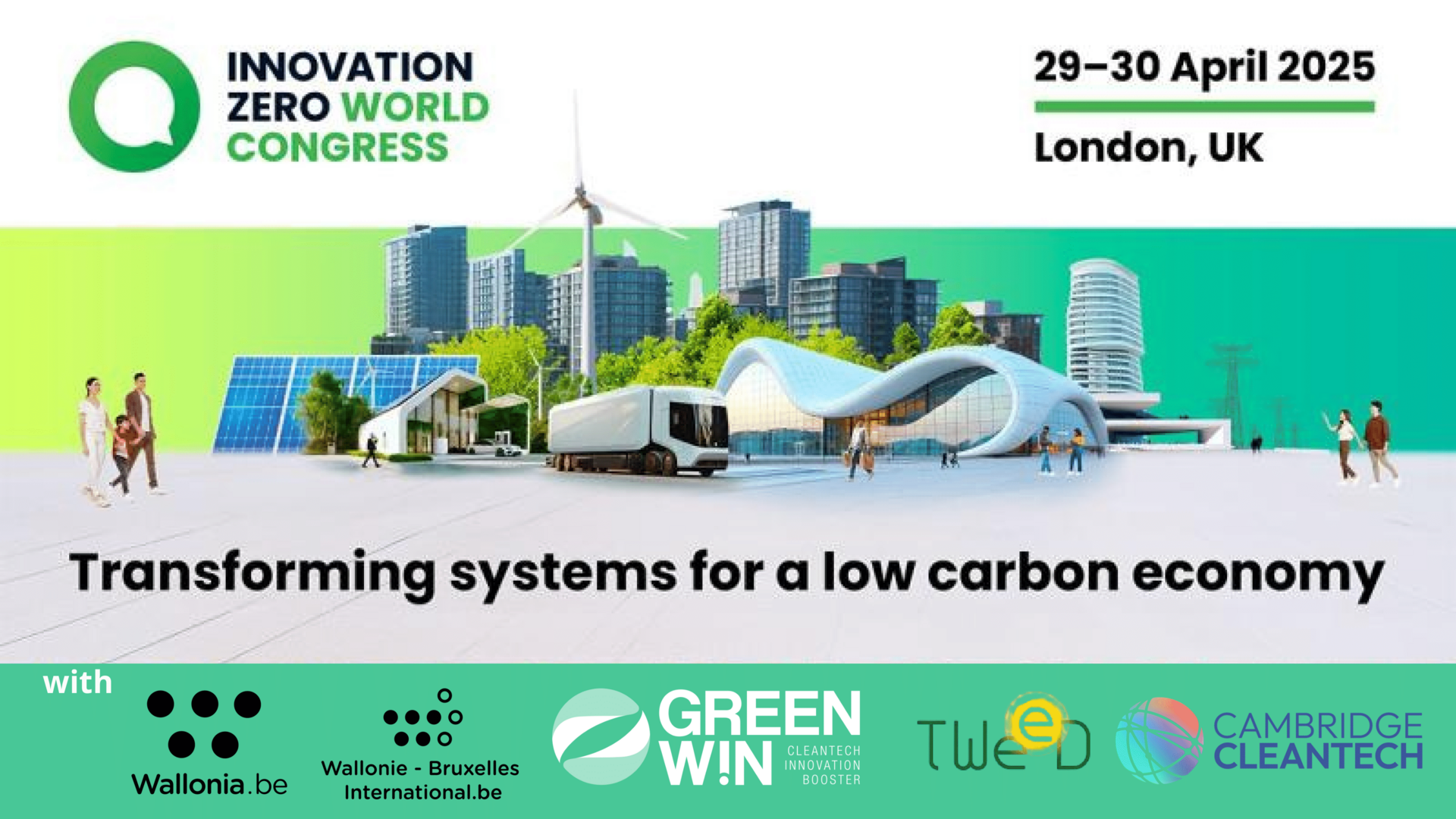
Date: Monday, 28th April, 2025
Venue: The Caledonian Club, 9 Halkin Street, London, SW1X 7DR
